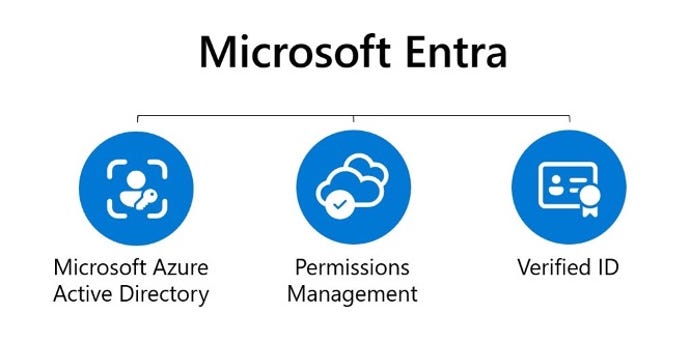
EMBER and a lot of our clients live in the Microsoft ecosystem. We certify our technicians, use the highest available SKUs (MS-E5), utilize all their security products (along with strategic third-party tools where needed), and of course, follow Microsoft tech news closely. Recent news caught my attention, which deserves a bit of spotlight: the rebranding of Azure Active Directory (Azure AD) to Entra ID.
At first glance, one might question the necessity of this name change. Why alter the identity of a service that has already gained traction? However, upon deeper reflection, this shift resonates with a more strategic alignment. Here are my thoughts on why this is a positive step forward:
Azure AD, as robust and functional as it has been, shared little in common with its on-premise counterpart, the traditional Active Directory. The two services, while sharing the name “Active Directory”, have fundamental differences in architecture, capabilities, and application. Azure AD was always about cloud identity, and its new name, Entra ID, perfectly encapsulates this essence. It eliminates any confusion or misconceptions that may arise from the “Active Directory” tag.
Azure AD had, over time, garnered a bit of a reputation concerning security vulnerabilities. The brand name can sometimes carry weighty baggage. The transition to Entra ID might be a fresh start, a way for Microsoft to distance itself from past issues and signal a renewed commitment to security in the cloud.
The new name aligns well with Microsoft’s other offerings like Entra Internet Access and Entra Private Access. Microsoft seems poised to take on giants like ZScaler, and creating a unified, recognizable brand name can be a strategic move. When users see “Entra”, they’ll know they’re stepping into Microsoft’s realm of secure, cloud-based connectivity and identity services.
Name changes in the tech world can sometimes feel superficial or driven by marketing hype. However, in the case of Azure AD becoming Entra ID, the change feels purposeful and forward-thinking. It’s a blend of repositioning, clarity, and strategic alignment.
While only time will tell how this rebrand impacts user perception and market dynamics, my initial impressions lean towards optimism. Microsoft’s commitment to refining and enhancing its products remains evident, and I’m eager to see how Entra ID evolves in the coming years.
